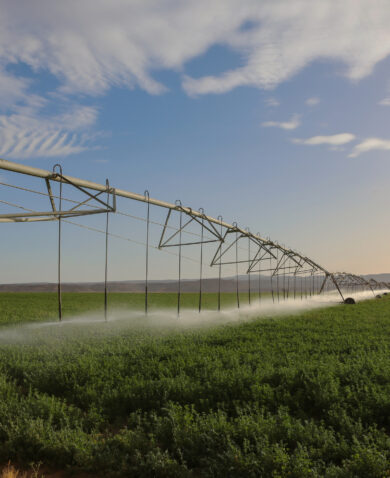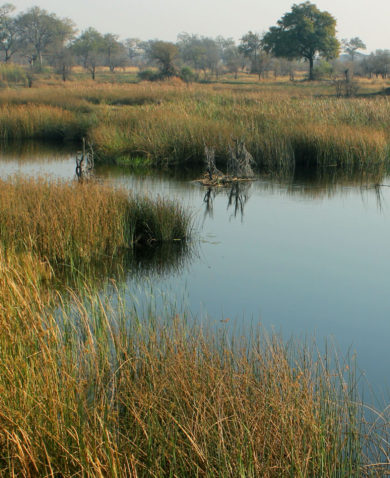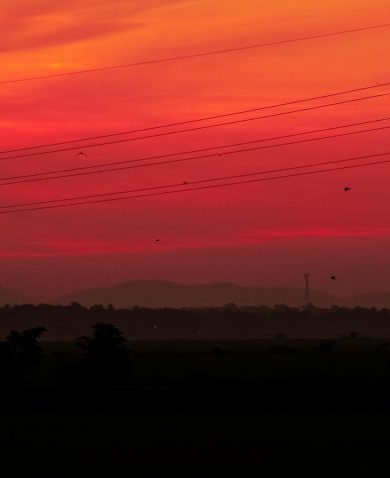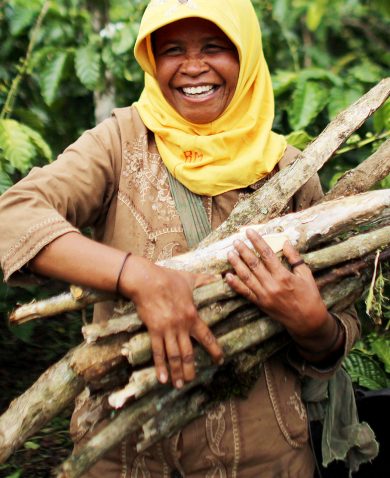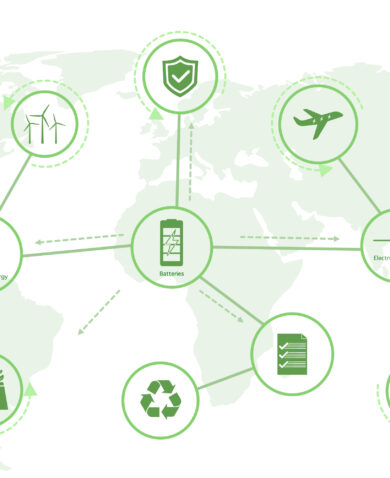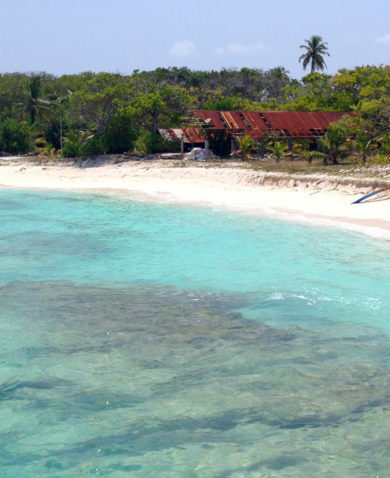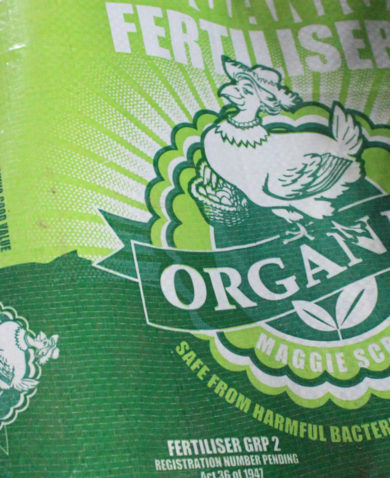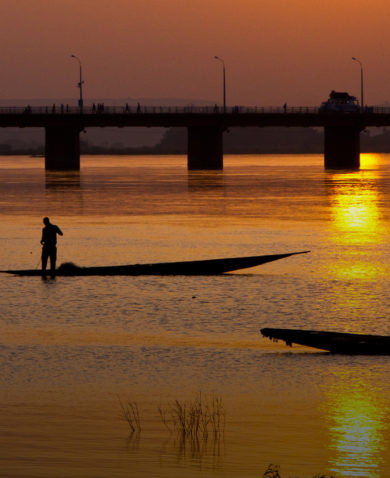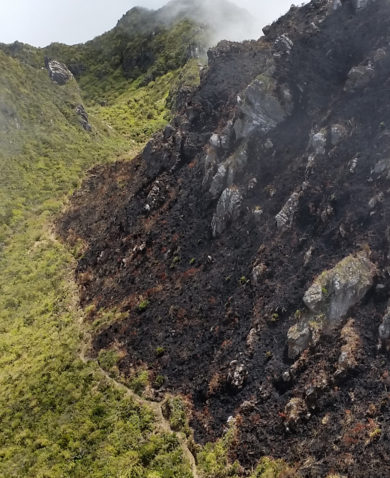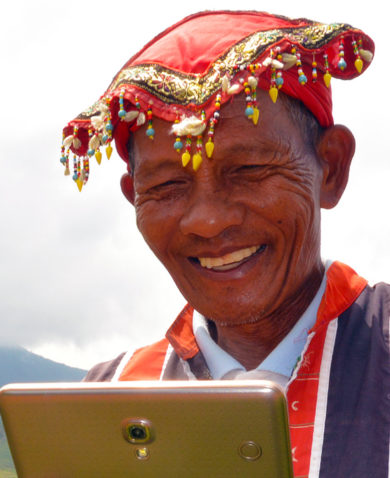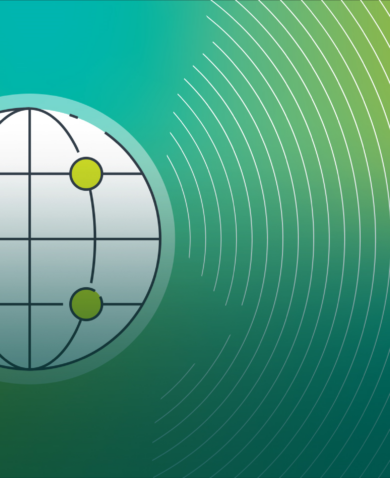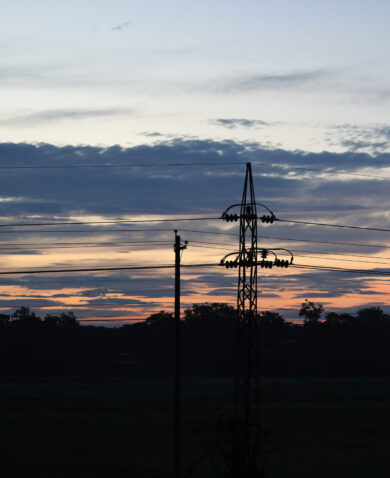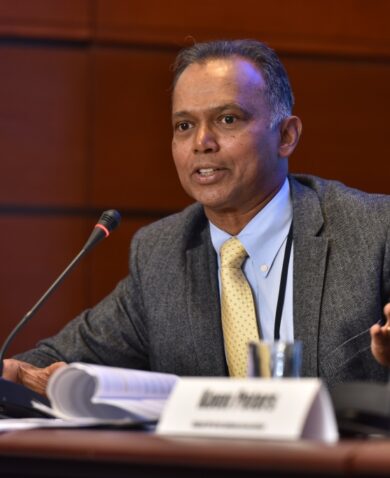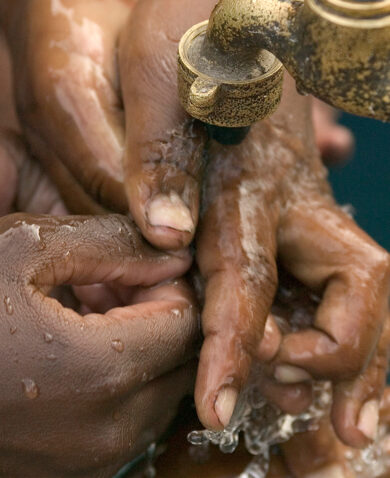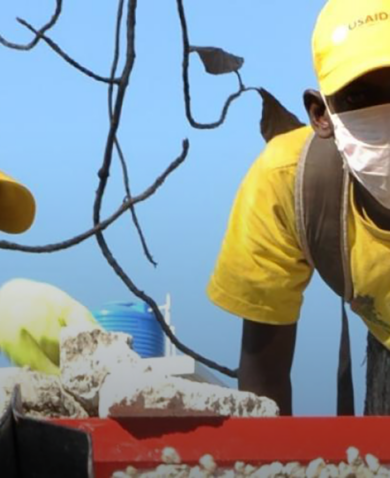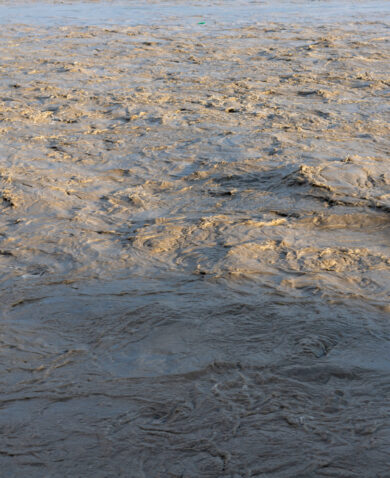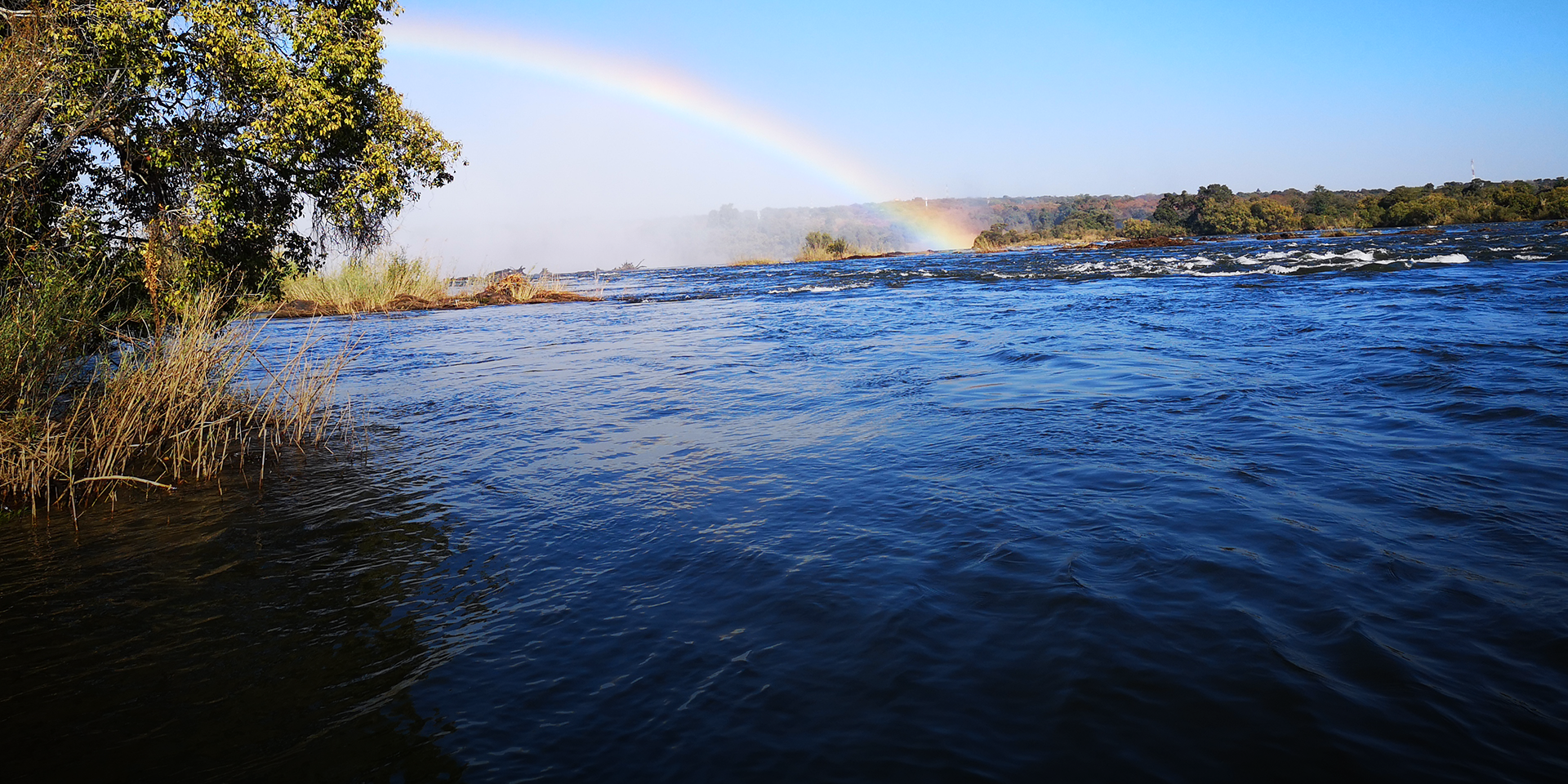
From the Highlands to the Deltas: Why We Need Integrated Water Security Programming
February 11, 2021 | 5 Minute ReadIntegrating water supply, sanitation, and hygiene development efforts with work in livelihoods, watershed management, and biodiversity conservation results in improved outcomes for each sector. Brian App shares key lessons from projects in southern Africa.
![]() Whether building strong economies, improving human health, or supporting thriving ecosystems, water is an integral and interconnected element with impacts far outside of the water sector in global development. While improved water management can reduce treatment costs and deliver valuable ecosystem services, poorly managed upstream resources can undermine investments in drinking water delivery. Cases from across the world have demonstrated this in action, such as the Upper Tana catchment in Kenya where water treatment costs for Nairobi increase from heavy sediment loads after rains and where land degradation and pollution magnify economic impacts of floods and droughts. Effectively integrating water supply, sanitation, and hygiene (WASH) with livelihoods, watershed management, and biodiversity conservation results in improved outcomes for each. Development practitioners should therefore seek out integration opportunities and foster collaboration across sectors for integrated planning, take a whole system approach to activity design, and deliver a broad toolbox of implementation options to take advantage of the opportunities afforded by integration.
Whether building strong economies, improving human health, or supporting thriving ecosystems, water is an integral and interconnected element with impacts far outside of the water sector in global development. While improved water management can reduce treatment costs and deliver valuable ecosystem services, poorly managed upstream resources can undermine investments in drinking water delivery. Cases from across the world have demonstrated this in action, such as the Upper Tana catchment in Kenya where water treatment costs for Nairobi increase from heavy sediment loads after rains and where land degradation and pollution magnify economic impacts of floods and droughts. Effectively integrating water supply, sanitation, and hygiene (WASH) with livelihoods, watershed management, and biodiversity conservation results in improved outcomes for each. Development practitioners should therefore seek out integration opportunities and foster collaboration across sectors for integrated planning, take a whole system approach to activity design, and deliver a broad toolbox of implementation options to take advantage of the opportunities afforded by integration.
While the development community has long acknowledged the benefits of integrated programming, WASH and watershed management have largely remained separated. Beginning in 2010, however, USAID began supporting integrated WASH and conservation programming in transboundary river-basin programs in southern Africa through the Southern Africa Regional Environmental Program (SAREP) and Resilient Waters programs. With large WASH delivery objectives, these programs worked in multiple sectors — including watershed management and biodiversity conservation — and with upstream and downstream countries sharing the watershed, to integrate activities from protecting and improving watershed management and allocating use, to delivering household-level quality drinking water. SAREP and Resilient Waters demonstrate the power of an integrated water security system approach and provide strong examples of how linking WASH with watershed management, biodiversity conservation, and livelihoods supports more sustainable outcomes for each of the elements. Here are some recommendations for practitioners based on the lessons learned so far:
Foster collaboration across sectors for integrated planning. Development projects and their government counterparts tend to focus on a specific sector in their planning. In the case of WASH, there is typically a water ministry plan for drinking water and a health ministry plan for sanitation and hygiene. Not only are these two ministries planning separately, but they typically do not address the larger environmental, agricultural, and economic development challenges with which their sectors are so intimately entwined. Through SAREP and Resilient Waters, USAID has worked closely with Southern Africa Development Community river basin organizations (RBOs) for the Okavango (OKACOM) and Limpopo (LIMCOM) river basin commissions to support integrated and sustainable basin management. While RBOs are traditionally, and largely remain, comprised of water ministry staff, these programs have supported a more integrated approach to increasingly include representation from agriculture and environment ministries — especially in technical working groups. This approach has supported partner RBOs to move from a focus on the allocation of cubic meters of water to thematic areas of intervention, including livelihoods and socio-economic developments, land management, and biodiversity, to complement more traditional water resource management activities. This broader approach has allowed the programs to support RBOs in such initiatives as the Cubango-Okavango River Basin fund, which will better allow OKACOM to sustainably support community livelihood adaptation projects, address threats to biodiversity, improve management of the water resource, and support improved access to drinking water within a single initiative.
Take a whole system approach which incorporates the impacts of upstream activities into downstream activity design. Pollution in the headwaters of the Limpopo River in South Africa threatens improved health outcomes and water security at the river’s mouth in Mozambique. Resilient Water’s integrated regional approach, however, allows the program to address threats in a manner that a single sector or single country program could not. Working with the South African Department of Water and Sanitation, the program is supporting the development of the county’s first-ever National Fecal Sludge Management Strategy, which will guide the country’s sanitation sector to safely manage on-site sanitation for an estimated 55 million people and reduce pollution into the river system. At the same time, Resilient Waters is working in Mozambique with the Xai Xai municipality to address high salinity levels caused by saltwater intrusion from flooding at the river’s mouth by incorporating risks to drinking water security into a broad Climate Adaptation Plan that includes the rehabilitation of the estuary’s mangroves to reduce sea water intrusion (and support fisheries livelihoods). This integrated water security approach allows programs to address divergent problems, from decreasing upstream pollution to sea water contamination in a manner which a stand-alone WASH program without a broad mandate (and related expertise) cannot.
Deliver a broad toolbox of implementation options to enhance responsiveness, adaptive management, and positive outcomes. While WASH investments are generally needed and welcomed, inappropriate solutions may be implemented — leaving abandoned or repurposed structures on the landscape that either no longer serve or never served their intended purpose — while environment programs may bring activities that don’t have the support of beneficiaries and partners because they don’t address their immediate needs and priorities. Bringing WASH funding to an environmental program, however, offers interesting opportunities for creative cross-sector programming with a range of interventions. SAREP, for example, supported wildlife, livelihoods, and water supply through the installation of water boreholes to incentivize communities to avoid farming in the wildlife pathways, a practice that had threatened the safety of wildlife and communities. Additionally, in the eastern Okavango panhandle in Botswana, where elephants outnumber people, both programs have supported elephant-friendly farming and livelihood opportunities to market chilis for local use in deterring elephants (e.g., for making “dung bombs”) from raiding crops and threatening homes as the animals travel to nearby shared water sources. Integrated water security programming also provides a flexible framework in developing broad-based land use plans with the ability to both identify and support initiatives that address governance, economic development, environmental, and WASH needs. While programs focused narrowly on one sector can sometimes fall into the trap of promoting “solutions looking for problems,” more integrated cross-sector programs can better deliver interventions which are adaptive to the community’s goals and therefore more likely to be maintained and sustained.
The examples from SAREP and Resilient Waters show the power of an integrated water security approach to deliver not only improved WASH initiatives but broad-based development outcomes that can improve the conditions of the natural capital on which they depend. When USAID reorganized its WASH programming in the Center for Water Security, Sanitation, and Hygiene under the Bureau for Resilience and Food Security, it acknowledged trends in the water sector and built on learning from its programming across the globe. This promising step will hopefully lead to the future development of additional integrated waters security programs.
While program integration most effectively occurs in the design phase, the current emphasis on adaptive management, theories of change, and an ongoing review of indicators and objectives presents the opportunity for development professionals and donors to examine current programming to identify and incorporate broader and more integrated elements. Outside of changing a program itself, there is always the opportunity to build partnerships and collaborate with programs in other sectors and locations for joint planning and more effective outcomes. While more integrated programming may become the status quo in the future, opportunities for integration exist today, and we should seize them.
*Banner image caption: A rainbow arches over the Zambezi River in Zambia, near Victoria Falls.
Posts on the blog represent the views of the authors and do not necessarily represent the views of Chemonics.



